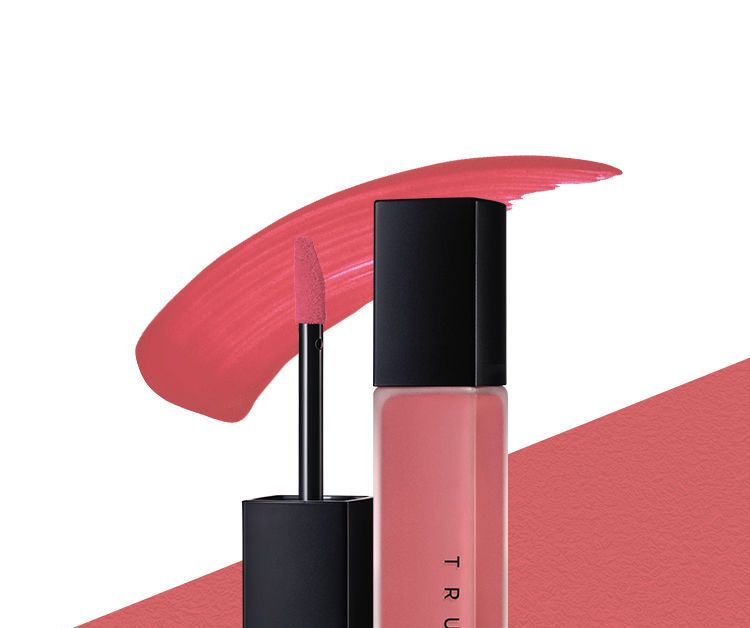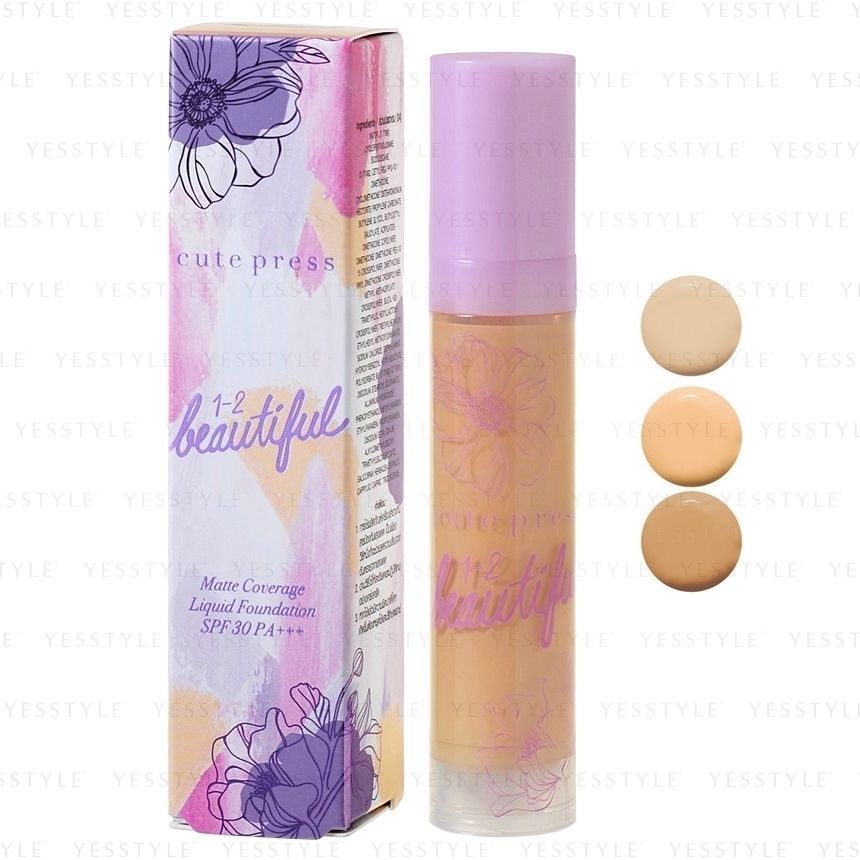

Flunitrazepam is a benzodiazepine sedative/hypnotic ( NIDA, 2000). GHB (liquid X, liquid ecstasy) has been used as a sleep aid, an intoxicant (producing a pleasurable intoxication or enhancing social activity), and a growth promoter ( Nicholson and Balster, 2001 Zacny and Galinkin, 1999). Ketamine produces effects similar to those of phencyclidine but with a much shorter duration of effect ( Jansen, 1993). LSD is the most potent mood- and perception-altering drug known, and it is the most widely used hallucinogen among adolescents ( Golub et al., 2001 NIDA, 2001). MDMA, an hallucinogenic stimulant, is a synthetic, psychoactive drug with a chemical structure similar to methamphetamine and mescaline ( Freese et al., 2002). Methamphetamine (“speed”, “ice,” “crystal,” “crank,” and “glass”) is a powerful addictive stimulant that has high potential for widespread abuse because it is inexpensive, available in many different forms, and can be easily made in clandestine laboratories from relatively inexpensive, over-the-counter ingredients ( NIDA, 1999). Our study is based on a national household survey sponsored by the Substance Abuse and Mental Health Services Administration (SAMHSA). To better gauge the extent of this drug use, we examine the prevalence rates, patterns, and correlates of club drug use among youths aged 16 to 23 in the United States.

Similarly, many investigators in other countries have suggested that the use of such drugs has increased ( Gross et al., 2002 Joe Laidler, 2005 Lua et al., 2003 Schuster et al., 1998), and that party attendees typically use multiple drugs ( Barrett et al., 2005 Boys et al., 1997). In an attempt to combat the increasing use of club drugs in the community, NIDA has established a Web site to provide scientific information about them- ( Volkow, 2004). As stressed by the Director of the NIDA, several national monitoring mechanisms have suggested an emerging use of these club drugs ( Volkow, 2004). These drugs are typically used by teenagers and young adults at bars, clubs, concerts, and parties, and the use of these drugs is reported to help maintain energy levels for dancing or to enhance an altered state of consciousness ( Koesters et al., 2002). In the United States, methamphetamine, 3,4-methylenedioxymethamphetamine (MDMA or Ecstasy), LSD (d-lysergic acid diethylamide), GHB (gamma-hydroxybutyrate), ketamine, and flunitrazepam (Rohypnol) have been labeled “club drugs” by the National Institute on Drug Abuse ( NIDA, 2005).


 0 kommentar(er)
0 kommentar(er)
